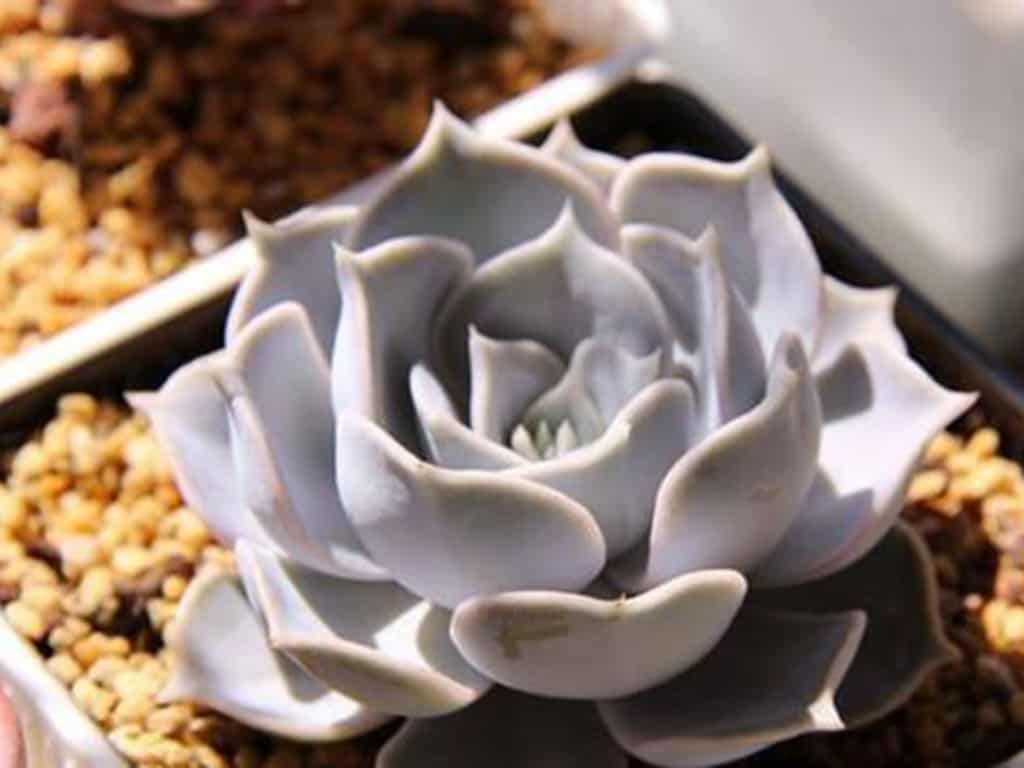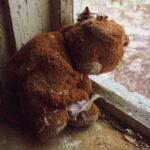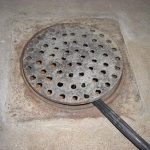Echeveria Lilacina(also called Ghost Echeveria) is a genus of succulent plants in the Sedum family. It was initially planted in Mexico and has a plant size of 11-17 cm.
The leaves of succulent plants are moderately thick and appear obovate. The leaf color is blue-grey, becoming pale pink or pale violet in well-lit and warm conditions.
The adaxially slightly concave leaves have a rounded convex back and a very pointed front end with sharp and slightly twisted leaf tips. The overall shape of the plant looks like a loose rosette.
The whole plant is covered with a layer of white frost and the leaves are beautifully formed with smooth curves, concave and convex, staggered with the other leaves, and highly ornamental.
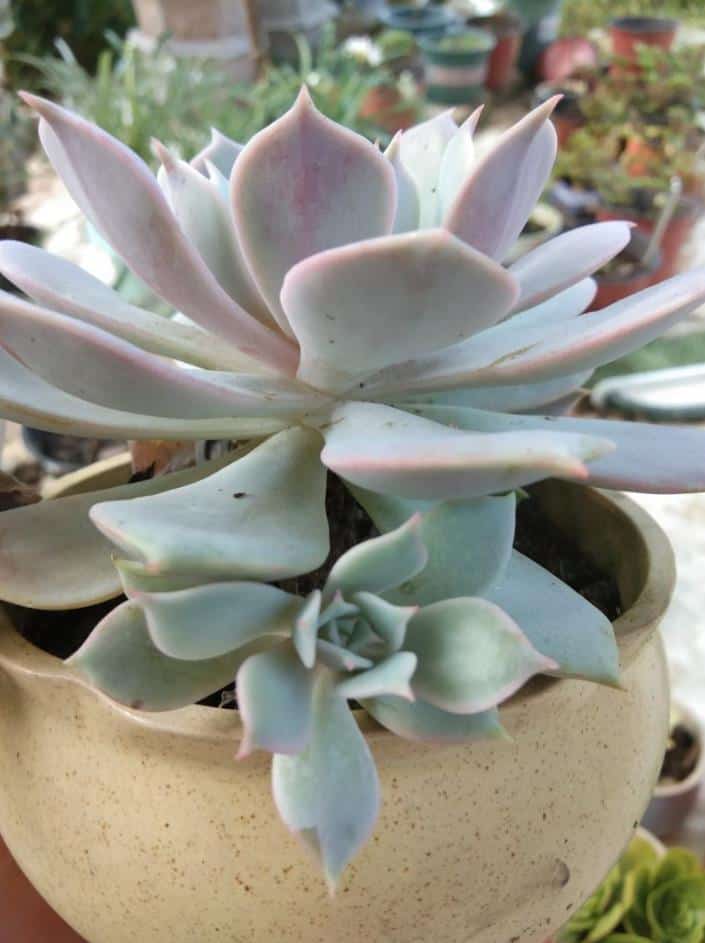
Echeveria Lilacina Care
Sunlight
E. Lilacina likes a warm, dry, and light environment. We recommend that when you grow E. Lilacina, just place the plant in a sunny place.
The growing Echeveria Lilacina needs more than 5 hours of sunlight per day, especially in spring and autumn. It is best if it receives full sun, the more light it receives, the thicker the leaves and the stronger the eyes.
In the summer of the year, when the temperature is high, muggy, and light, reaching 86° F or more, you can shade the Linaceae from the strong midday light to prevent the leaves from being damaged by the strong sun. During the winter, it needs to be kept indoors with less watering and more sunlight.
Soil
It is best to change the pot and soil once a year and I recommended planting it in loose and aired soil with lots of nutrients. And keep it in pots with no less than 60% granularity.
However, we can mix peat soil, vermiculite, and perlite, and add a small amount of bone meal. This will make the plant grow better and better.
Water
Before every irrigation, we have to determine whether Lilacina is dehydrated. So how do we know?
We can insert a toothpick into the potting soil and pull it out every few days to see if there is any moisture in the soil brought out by the toothpick.
If it is moisture, it means that the soil still has water, otherwise, we need to rehydrate E. lilacina in time.
What are the aspects worth noting when it comes to watering? We have to water reasonably according to the season and the humidity of the environment, not water frequently.
In spring and autumn, the growing season, wait until the water in the pots is dry before watering, and water each time until the water drains from the holes and the soil is completely moist, reducing it appropriately in summer and winter.
In summer, water Echeveria Lilacina in the morning or the evening.
In winter, choose noon when the temperature is high. In spring and autumn, water at any time of the day.
It is worth noting that water should not be poured directly into the leaf surface and the heart of the leaves, which can cause leaf damage.
Although Echeveria Lilacina can be exposed to direct rain, try not to leave it for more than 10-15 days in a row. If it is exposed to water for a long time, your root system will have problems.
Temperature and Humidity
The optimum temperature for Echeveria Lilacina is 15°C-25°C.
However, it seems to have a natural ability to tolerate high temperatures. A healthy Echeveria Lilacina with sufficient water can still be kept without shade at an extreme summer heat of 35°C as long as the potting soil is slightly damp; a water-deficient Lilacina will need to be a different story.
Fertilizer
Many friends care about the fertilization of Echeveria Lilacina.
Usually fertilized once a season, spring and autumn belong to the peak growing season, this step needs a sufficient supply of nutrients and can apply a monthly thin fertilizer.
At the same time, if you can regularly supplement some slow-release fertilizer, the leaves will be more fertile. But don’t use agricultural fertilizers, be careful of the damage to fertilizers.
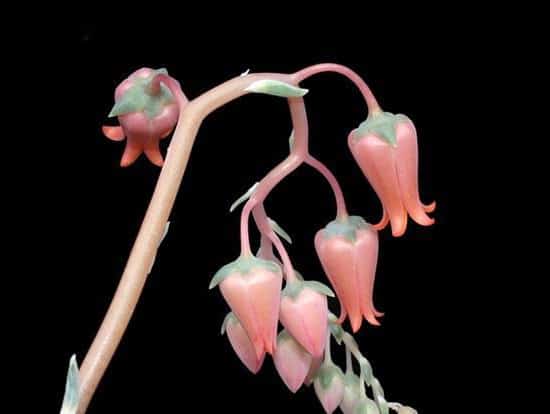
Echeveria Lilacina Propagat
How to have more Echeveria Lilacina?
Leaf plug propagation and head chopping propagation are the two most common propagation methods.
Every spring and fall, you can cut off the tops of Echeveria Lilacina and apply polymyxin powder to the wounds, then put the plants in pots of Echeveria Lilacina in a cool place and wait patiently until the side shoots pop.
For the tops that are cut off, we can use them for cuttings to grow new Echeveria Lilacina plants. Usually, the succulents that burst in pots in large houses are cultivated by cutting off the tops.
Pests & Plant Diseases
In the process of growth, improper maintenance may appear pests and diseases, the following are two common ones.
We need to keep ventilation and timely treatment by spraying the right symptoms.
Mealybug
Mealybugs, of which there are many species, are small bugs with hard shells that stick to the poles and are densely packed.
When encountering mealybugs, the leaves of the plant will gradually lose their color and the leaves will turn yellow.
Aphids
Aphids are divided into two types, winged and wingless, with black body color, and translucent body, mostly green and white.

